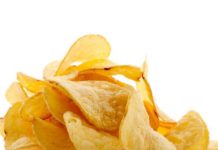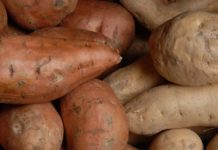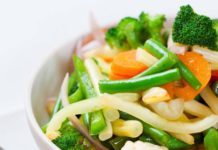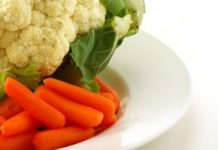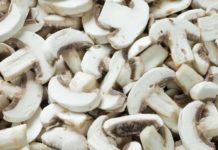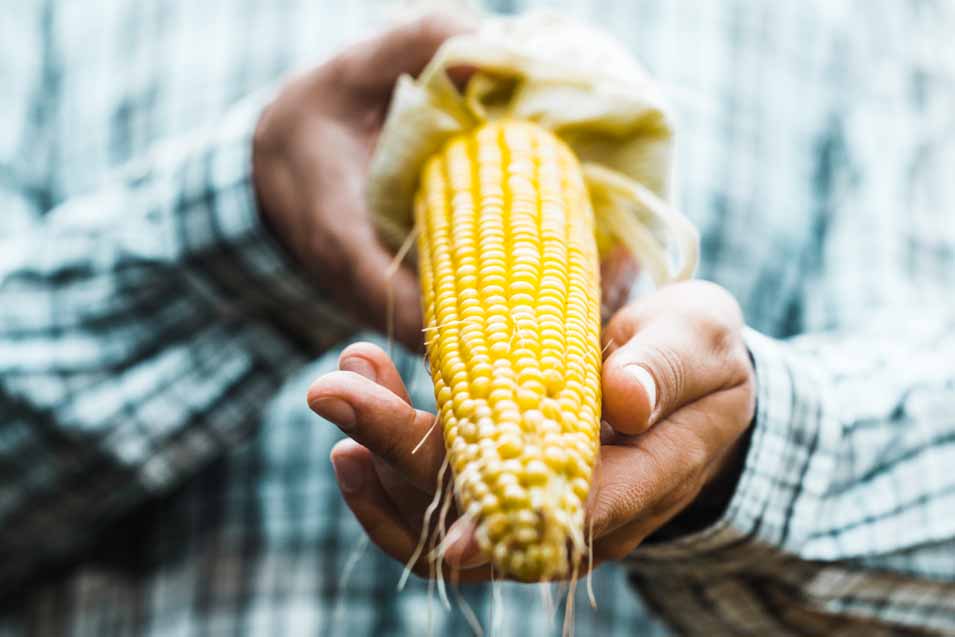
Life on the farm can be one of hard work, never ending days and, on occasion, failed crops. You will most certainly not get rich by running a farm, big or small. But these days, many people are not only looking to eat healthier, they’re looking to live healthier too. For them, that means a return to sustainable farm living regardless of the economic returns.
According to one recent report, when you pass by a fully sustainable farm, you’re likely to see people working the fields from early morning until dusk. They will be manually weeding rows and rows of beans, corn, carrots, beets, and more. Other pieces of land will be utilized for animals to graze naturally. Every bit of food produced is consumed by the family and much of it is also sold at the market.
For subsistence farmers, their land, the crops they grow, and the animals they take care of are said be their biggest treasure, along with their own health. Nothing goes to waste if possible. Even the feed for the animals must be protected as much as any other crop. If you wish to hire a professional to cover your feed, you can rest assured the job will be done right.
Considered a best practice among sustainable farmers, custom tarp rental professionals will install the tarps while maintaining, removing, and retrieving them when necessary. The professionals, like those operating on the farms located near Haxtun, Colorado for instance, typically charge per linear foot of tarp, per ten month season. The service is said to be worth every penny. It also allows you time to focus on other important farming issues.
But covering your feed is just one best farming practice for sustainable living in the 2020s. Here’s five more.
Permaculture
More like a philosophy than a farming practice, permaculture is a system that applies the principles found in nature that speak to the growth of human settlements. This allows for people to “live in harmony with the natural world.” Permaculture standards can be applied to any area of life, including housing, local economies, water supply, and the production and distribution of food.
More specifically, there is an emphasis on the nurturing of perennial crops like fruit and nut trees while farming techniques also include keyhole, hügelkultur, herb spirals, and mandala gardens. Growing grains without tilling is also said to be a best practice, as is digging swales on contour in order to hold precious water on the high ground.
Biodynamic Farming with Chicken and Pigs
Biodynamic farming means raising animals that will assist in replenishing the soil fertility, which translates into healthy plant development. A building tenet of biodynamic farming is a vast biodiversity of animals, plants, and even insects that are considered beneficial to life. The end goal is said to be the creation of a resilient ecosystem that benefits not only humans, but all living creatures, big and small.
Biodynamic best practices include reducing off-site importing such as manmade soil fertilizer. This is accomplished by generating soil fertility onsite via composting, animal manure applications, crop rotation, and even working with shifting sun and the moon.
Crop Rotation
Crop rotation is a best farming practice that’s based on the principle of growing different types of crops in the same general area in successive seasons. Crop rotation is said to vary from season to season and can last a few years or even longer. It is considered the most effective sustainable farming practice for the prevention of soil loss and soil fertility loss.
Put simply, by rotating your crops, you will prevent both disease and pests from taking hold. You also won’t need to apply so many pesticides keeping things more natural.
Raising Animals Naturally
Raising animals naturally in their natural environment is said to not only be possible, but it is good for the environment and your nutritional needs since the animals live under far less stress and enjoy a normal quality of life.
Animals such as sheep and chickens that are allowed to graze and live in a pasture are said to be far healthier than animals that are confined to a feeding operation facility. The animals are cleaner, smell good, and are considered to be happier. As a result, they produce nutrient rich milk, fresher yellower eggs, and meat that just plain tastes better. They also give back to the soil with their manure.
Managing Pests Naturally
Minimizing or even eliminating the use of toxic synthetic pesticides for doing away with pest infestations and disease is yet one more best practice of sustainable farming in the 2020s. The use of chemicals to raise crops is, in a word, unhealthy.
Sustainable farmers look to more natural ways of eliminating these problems such as planting a larger diversity of crops, crop rotation, intercropping, and other methods. Diverse crops are said to attract a diverse selection of insects that pray on one another keeping their populations low.

